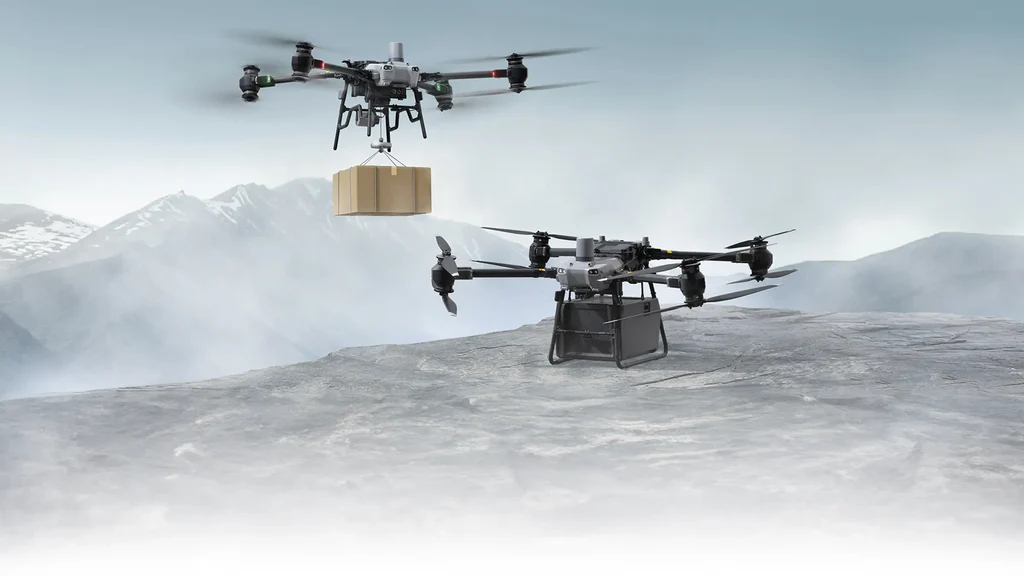
Drone News, Trends & Cutting-Edge Tech: 2024’s Game-Changing Developments
The drone industry is evolving at unprecedented speed, with breakthrough technologies, regulatory shifts, and innovative applications reshaping how we use unmanned aerial vehicles (UAVs). From AI-powered autonomy to eco-friendly designs, this guide covers the latest news, emerging trends, and cutting-edge tech defining the future of drones in 2024.
Breaking Drone News: 2024’s Most Impactful Developments
1. FAA Approves Nationwide BVLOS Operations for Commercial Drones
In a landmark decision, the FAA announced full approval for Beyond Visual Line of Sight (BVLOS) flights across the U.S. starting June 2024. This allows commercial operators—from delivery services to infrastructure inspectors—to fly drones beyond visual range without manual oversight, provided they use approved traffic management systems. Companies like Amazon Prime Air and Wing (Alphabet) have already launched expanded delivery routes under the new rules.
2. DJI Unveils Revolutionary Hydrogen-Powered Drone
DJI, the world’s leading drone manufacturer, launched its first hydrogen-fuel-cell drone in March 2024: the Matrice H200. With a 3-hour flight time (6x longer than lithium-ion battery models) and zero emissions, it’s designed for industrial inspections and large-scale mapping. Early adopters include energy companies and agricultural firms, reporting 40% lower operational costs due to reduced downtime for recharging.
3. EU Launches "Drone Swarm Traffic Management" Initiative
The European Union introduced a first-of-its-kind system to manage coordinated drone swarms in urban airspace. The platform, developed by Airbus and EASA, uses AI to track and direct hundreds of drones simultaneously—critical for applications like emergency response, large-event security, and automated package delivery. Trials in Amsterdam and Madrid showed 99.7% collision-avoidance accuracy.
Top Trends Shaping the Drone Industry in 2024
1. AI-Driven Autonomy: From Assistance to Full Automation
Modern drones are moving beyond basic GPS navigation to advanced AI systems that can:
• Predict and avoid dynamic obstacles (e.g., birds, moving vehicles)
• Adapt flight paths in real time based on weather or airspace restrictions
• Analyze captured data mid-flight (e.g., identifying crop diseases during a survey)
Example: Skydio’s X3 drone uses 12 cameras and a custom AI chip to navigate complex environments like forests or construction sites without human input.
2. Sustainability: Green Drones Take Flight
Environmental concerns are driving innovation in eco-friendly drone design:
• Solar-Integrated Models: Lightweight solar panels extend flight time by 20-30% (e.g., Parrot Anafi Solar)
• Recyclable Materials: Frame components made from plant-based plastics or recycled aluminum
• Energy Recovery Systems: Kinetic energy capture during descent to recharge batteries
3. Urban Air Mobility (UAM) Moves from Concept to Reality
Cities worldwide are testing drone taxis and cargo delivery networks:
• Dubai launched regular drone taxi routes between downtown and the airport using Joby Aviation’s S4 eVTOL
• Singapore’s "Skyways" project now delivers medical supplies via drone to remote islands in 15 minutes (vs. 1.5 hours by boat)
• Tokyo is set to deploy 500+ delivery drones ahead of the 2025 World Expo, focusing on food and small-package transport
4. Advanced Sensing & Data Integration
Drones are becoming "flying data hubs" with multi-sensor systems:
• LiDAR + thermal imaging for 3D mapping of disaster zones
• Hyperspectral cameras that identify mineral compositions in mining sites
• 5G-enabled real-time data transmission for live monitoring of wildfires or oil spills
Cutting-Edge Technologies Redefining What Drones Can Do
1. Neuromorphic Computing for Ultra-Fast Decision-Making
New drone processors, modeled after the human brain, enable split-second reactions. These chips consume 90% less power than traditional GPUs while processing sensor data 10x faster—critical for BVLOS flights and emergency scenarios.
2. Swarm Intelligence 2.0
Beyond coordinated flight, 2024’s drone swarms feature:
• Self-healing algorithms (if one drone fails, others redistribute its tasks)
• Adaptive formation flying (adjusting to wind, obstacles, or mission changes)
• Collaborative data analysis (combining footage from 50+ drones to create 3D models in minutes)
3. Quantum-Enhanced Navigation
Early prototypes use quantum sensors to navigate without GPS—ideal for remote areas, underground mines, or GPS-jammed environments. Companies like Quantum Drones Ltd. report 1cm-level positioning accuracy in tests.
4. Haptic Feedback Controllers
Next-gen remotes let pilots "feel" the drone’s environment through vibrations:
• Gentle pulses indicate approaching obstacles
• Pressure-sensitive joysticks mimic air resistance, improving control in high winds
• Tactile alerts for low battery or sensor issues
Industry Impact: Which Sectors Will See the Biggest Changes?
• Agriculture: AI-powered drones will manage 40% of large-scale farms by 2025, optimizing irrigation and reducing chemical use by 50%
• Construction: Swarm mapping will cut survey time for new projects from weeks to days, with 99% accuracy
• Emergency Services: Thermal drones with AI victim detection will reduce search-and-rescue time by 70%
• Logistics: Urban drone delivery is projected to handle 15% of small-package shipments in major cities by 2026
FAQs: Drone News & Tech Developments
Q: When will hydrogen-powered drones be available for consumer use?
A: Experts predict consumer models by late 2025, with initial prices around 800 by 2027).
Q: How will BVLOS regulations affect recreational drone users?
A: Recreational flights will still require visual line of sight, but hobbyists may benefit from improved airspace mapping tools developed for commercial BVLOS systems.
Q: Are quantum navigation drones affordable for small businesses?
A: Early models target enterprise users (10,000 by 2026.
Q: What’s the biggest challenge for urban drone delivery?
A: Air traffic management—cities need systems to coordinate thousands of drones, pedestrians, and manned aircraft safely.
Looking Ahead: What to Expect in Late 2024 & 2025
• Apple’s rumored "Apple Drone" (focused on consumer photography with advanced AI editing)
• First cross-border drone delivery routes between the U.S. and Canada
• Mass production of solar-powered drones for climate monitoring
• New materials enabling foldable drones that fit in a pocket but fly for 60+ minutes
Stay updated with our weekly drone tech newsletter for the latest industry developments.


{{ commentCount }} Comments
Loading comments...
{{ comment.user.fullname }}
No comments yet. Be the first to comment!